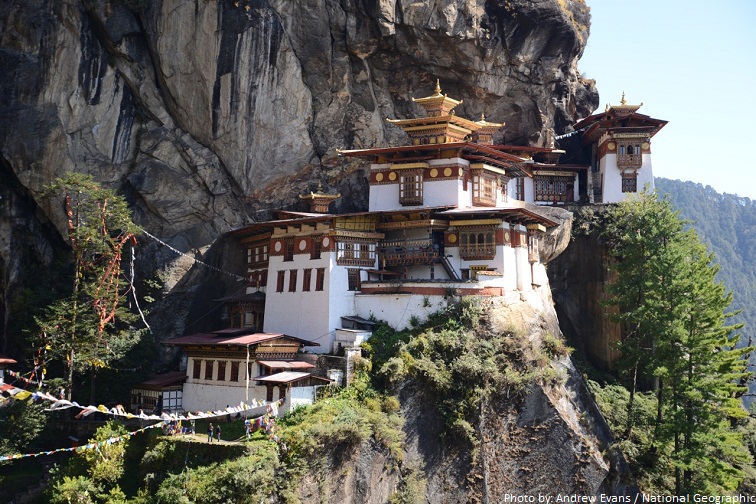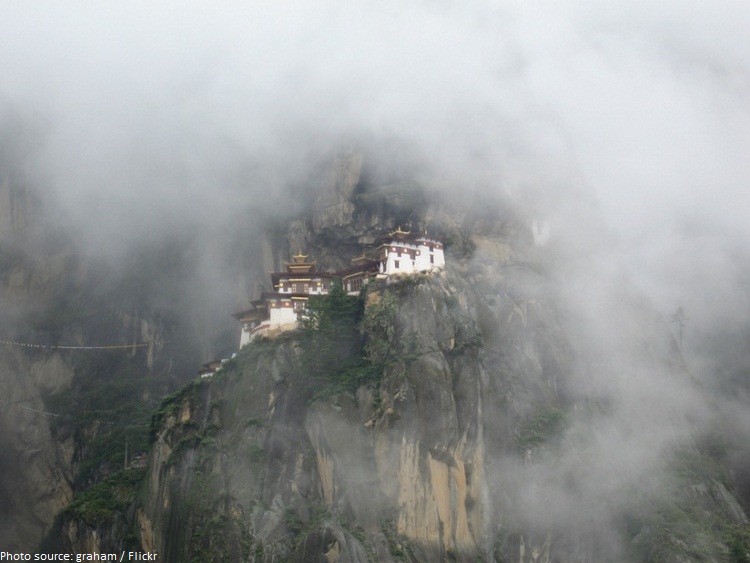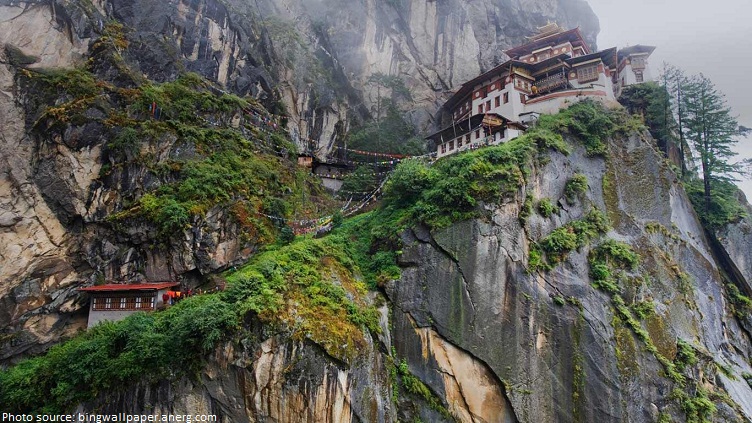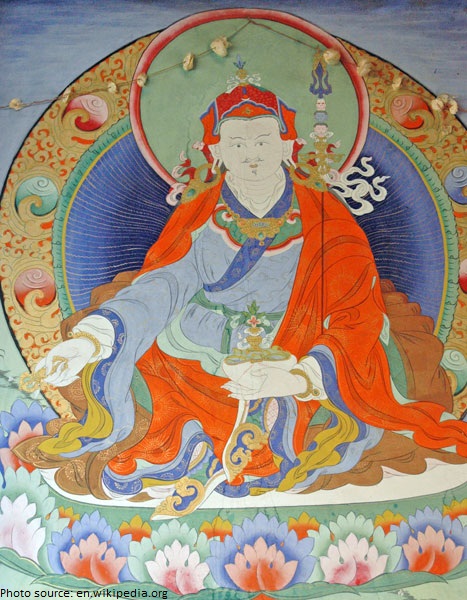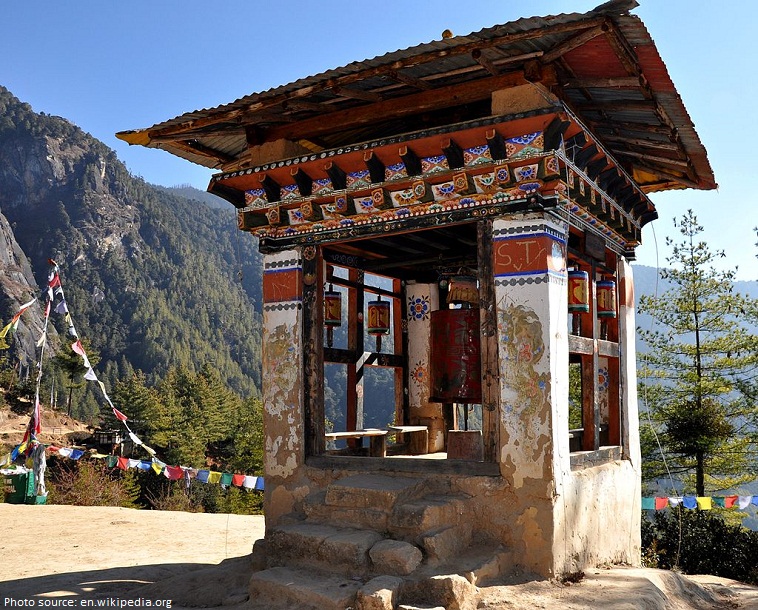Paro Taktsang is the popular name of Taktsang Palphug Monastery also known as Tiger’s Nest, a prominent Himalayan Buddhist sacred site and temple complex, located in the cliffside of the upper Paro valley, in Bhutan.
Monastery itself is located in a dramatic setting, perched on a high cliff some 900 meters (3,000 ft) above Paro valley, 3,120 meters (10,240 ft) above the sea level.
This monastery is one of the most prominent and scared places in Himalayan Buddhism where Guru Padmasambhava (Second Buddha) first landed in Bhutan in the 8th century.
According to the legend Guru Padmasambhava flew to this place from Tibet on the back of flying tigress for the purpose and landed at the cliff, which he “anointed” as the place for building a monastery.
Guru Padmasambhava or Second Buddha is credited with introducing Buddhism to Bhutan.
Today, Paro Taktsang is the best known of the thirteen taktsang or “tiger lair” caves in which Guru Padmasambhava meditated.
In 1692 there was laid foundation of the first large temple in front of the cave where Guru Padmasambhava meditated for three years, three months, three weeks, and three hours way back in the 8th century.
It was built by Gyalse Tenzin Rabgye, Bhutan’s leader at the time. He is believed to have been the reincarnation of Padmasambhava.
The rock slopes are very steep (almost vertical) and the monastery buildings are built into the rock face.
Paro Taktsang consists of four main temples and a group of residential shelters ideally designed by adapting to the rock ledges, the caves and the rocky terrain.
Each building has a balcony with fine views over the deep valley.
The buildings are interconnected through rock stairways and steps along with several wooden bridges.
The temple at the highest level has a frieze of Buddha.
Out of the eight caves, four are relatively easy to access.
The entrance to the main cave is through a narrow passage. It holds twelve images of Bodhisattvas with butter lamps burning in front of these idols.
Paintings can also be found on the walls of the monastery along with a sacred scripture which is kept in an adjoining small cell. The importance of this scripture is that it has been printed with gold dust and the crushed bone powder of a divine Lama.
Monks who practice Vajrayana Buddhism (the formal State Religion of Bhutan) at this cave monastery live here for three years and rarely go down to the Paro valley.
Beside the main buildings of the Tiger nest monastery, there are also some structures which are present near the monastery and are famous. One of these buildings is the Taktshang Zangdo Pari. This building is where the wife of the Guru Padmasambhave, Yeshe Tshogyal (Fairy of Wisdom) lived. The present person acting as the caretaker of this place is said to be an old nun with the help of a young trainee.
Another important place near the shrine is the Urgyan Tsemo, the “Peak of Urgyan” which has a small Mani Lakhang. The prayer wheel, turned by an old monk, resounds with chimes that are heard every day at 4 am.
Above the Urgyan Tsemo lies the Phaphug Lakhang which is the holy cave temple. Beside being the main shrine of the monastery, it is also the place where the Head Lama, Karma Thupden Chokyi Nyenci resides.
The Taktsang Palphug Monastery is one of the most famous touristic destinations of the country and the cultural icon of Bhutan.
On April 19, 1998, a fire broke out in the main building of the monastery complex, which contained valuable paintings, artifacts and statues. Most of the buildings were burned down and a monk was killed during the blaze. Since the temple is difficult to access, emergency assistance was impossible at the time.
However, the monastery has since been meticulously rebuilt and restored to its original form in 2005 by Jigme Singye Wangchuck, the fourth king of Bhutan and the Government of Bhutan.
The restoration works were undertaken at an estimated cost of 135 million ngultrum (more than 2 million USD).
